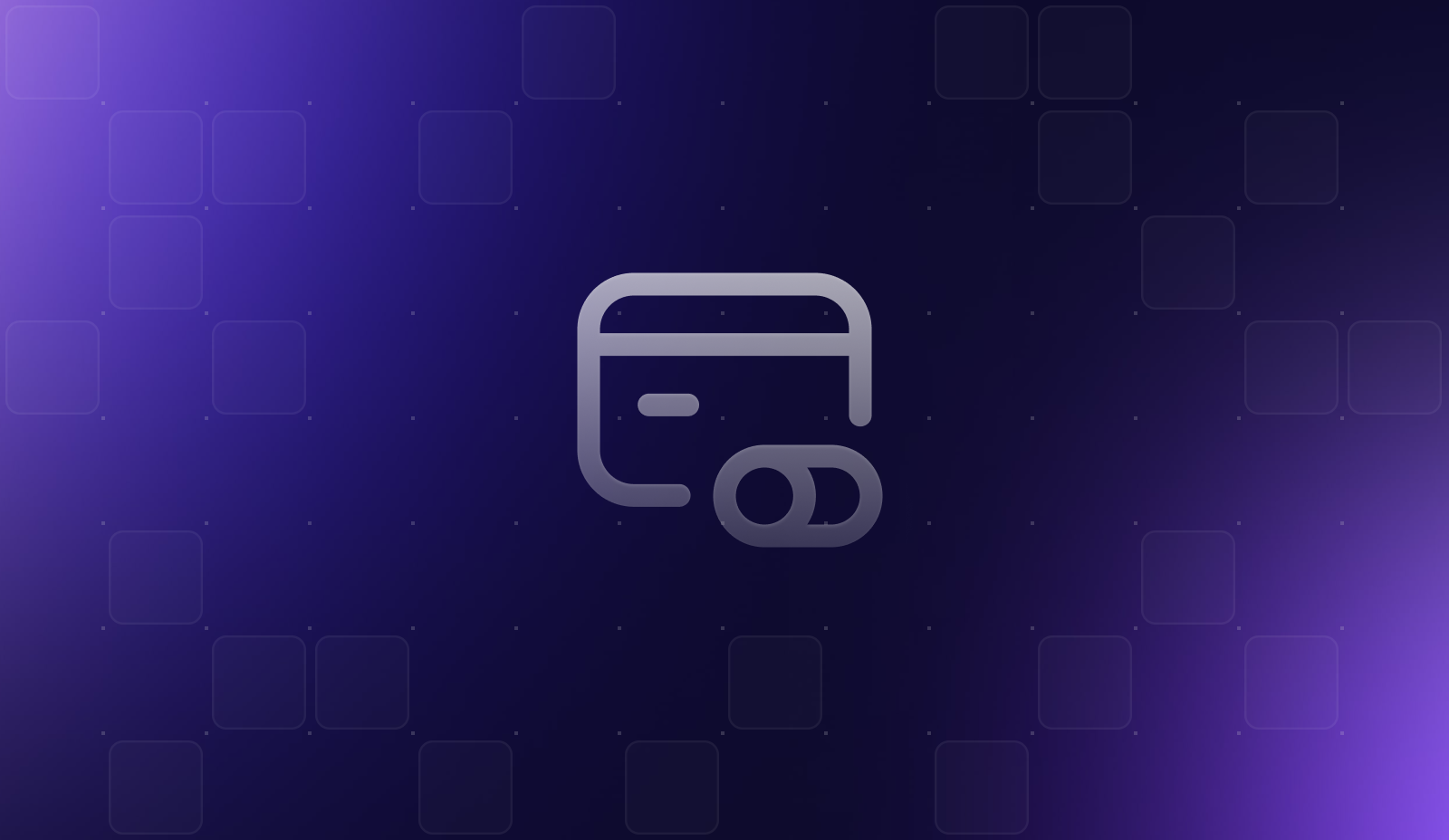What is a Payment Switch

Anyone involved in digital payments knows a payment gateway is an interface between merchants who want to get paid and the financial institutions that manage consumers’ accounts. Less well-known, though, is the payment switch, which acts as a decisioning engine within the payment gateway.
The payment switch ensures that each transaction is routed optimally to maximize the speed and chance of closing the deal while minimizing the cost of doing so. Understanding the differences between these two vital elements of the payment infrastructure, as well as how best to leverage them, is a core part of any digital payment strategy.
What is a payment gateway and a payment switch?
Broadly speaking, a payment gateway is a system set up to broker transactions between merchants and the banking system.
A payment gateway:
- Accepts customer cardholder data, either from the merchant or directly through embedded forms provided to the merchant.
- Executes core fraud prevention and account verification processes to ensure each transaction is appropriate to continue moving through the system.
- Presents validated credentials to card networks, which then execute the authorization and close steps with the issuing bank.
- Receives and reports to the merchant details of transaction approval or denial.
- Closes deals and initiates the movement of money from the buyer to the merchant.
By contrast, a payment switch is designed to route transactions optimally for the highest likelihood of a successful close, as swiftly as possible, at the lowest cost. A payment switch is resident within the payment gateway, or sometimes both.
At step three in the above Payment Gateway process, the payment switch:
- Accepts those transactions approved in step two.
- Decides which route to take to process the payment based on the Bank Identification Number (BIN) to deliver the transaction directly to the appropriate next step in the process.
Once the transaction is submitted and the result is communicated back to the switch by the issuing bank (or other financial institution backing the deal, such as a digital wallet), the information is passed back to the gateway at step four.
What are the benefits of a payment switch?
Payment gateways aren’t the entities that actually complete transactions—instead, they are a bridge between merchants and the broader payment ecosystem. A payment switch allows the gateway to integrate rapidly with an ever-growing universe of acquiring and issuing banks to ensure that requests are routed efficiently, both in terms of speed, likelihood of success, and cost.
Essentially, the payment switch provides the structure that connects a myriad of global banks so the issuing (customer) banks can approve or reject transactions, and then arrange for funds to be delivered to the acquiring (merchant) bank.
In addition, the payment switch creates an expandable library of entry and exit points, which allows the payment gateway to add new payment methods and providers as they emerge—not just the classic credit card networks. After all, payment gateways additionally have had to come to grips with more modern options like digital wallets, Buy Now Pay Later (BNPL), and any number of local payment options that have taken off in different geographies.
The payment gateway needs to be able to run as many common procedures as possible (authentication, fraud checks, customer identification, and so forth) and then smoothly hand off the details to the provider of the actual transaction process, preferably, with no discernible change in the time it takes to complete the transaction.
This is the bailiwick of the payment switch.
How Merchants Benefit from the Payment Switch
In the same way that payment gateways automate their payment processes and manage their costs by choosing the route for each transaction to traverse on its way to payment, merchants can build an upstream payment switch to select which payment gateway they entrust with their business for each deal.
Rather than simply delivering each transaction to a single, full-service payment service provider, merchants can build their payment switch and:
- Pre-check for any hint of fraud (e.g., matching addresses or detecting unusual activity) before becoming liable for PSP fees.
- Sort transactions in various ways, such as by geography, payment type (one-time only or subscription), and even by MCC code (separating high-risk deals from low-risk, for instance.)
- Compare each approved deal to the pros and cons of each PSP they’ve partnered with, then direct the transaction to the best match.
By creating a double-layer of payment switches, merchants and payment gateways can maximize efficiency throughout the transaction process.
Building a Merchant-Side Payment Switch
The critical foundation to building a merchant-side payment switch is the ability to store cardholder details in a location from which they can be selectively transmitted to any among a full stable of PSP partners.
While it is certainly possible to build one’s own personally identifiable information (PII) store, costs can rise quickly owing to the need to meet PCI-DSS regulations, which define the extensive requirements for protecting consumer data. As a result, innovative merchants seeking to accelerate the delivery (and limit the cost) of a merchant-side payment switch system are investing in programmable token vaults, which securely collect and store cardholder data, then provide a token to the merchant, which can be used to direct the vault to transmit the details to substantially any PSP.
The payment switch is designed to ensure that every transaction is directed to the best, and cheapest, location for processing.
Whether hosted by the payment gateway or the merchant, a payment switch keeps transaction costs down, delivers business efficiencies that drive margins to the bottom line, and serves customers competitively.
.png?width=365&height=122&name=BTLogo%20(1).png)



